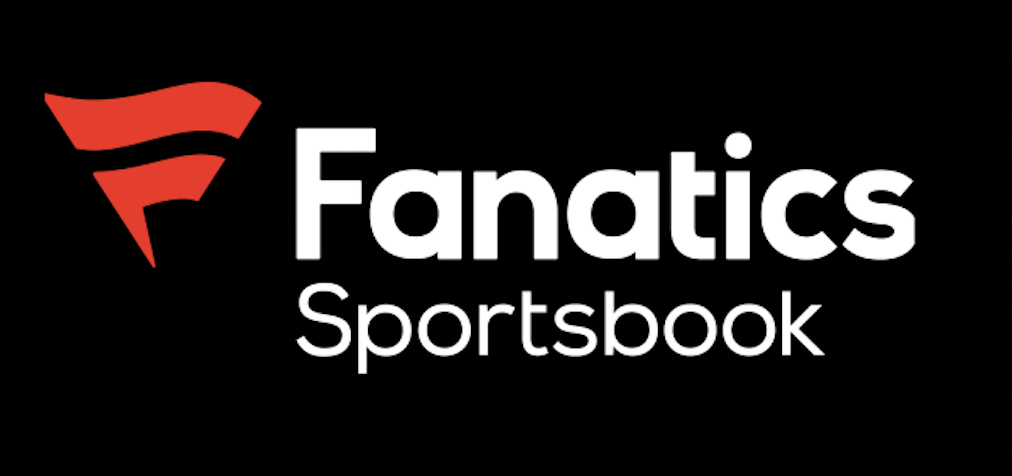WORCESTER — Red Sox first base prospect Niko Kavadas posted a .377 on-base percentage last year in 117 games between Double-A Portland Triple-A Worcester. But the slugger batted only .206 and his .428 slugging percentage was 78 points below his career mark.
He also struck out in 172 of his 480 plate appearances (35.8% K rate).
“I needed to increase my contact rate,” Kavadas said. “When there is batted ball data, it’s very valuable. I do impact the baseball when contact is made and I needed to make more contact. So that was the priority goal for me in the offseason — was to give myself more opportunities and make more contact in the zone.”
Kavadas, an 11th round draft pick in 2021 out of Notre Dame, is batting .292 with a .454 on-base percentage, .632 slugging percentage, 1.086 OPS, nine homers, nine doubles, 26 RBIs, 29 runs, 28 walks and 40 strikeouts in 37 games at Worcester this season.
The 25-year-old is making more contact. His 28.4% strikeout percentage, although still high, is down considerably from last year. And his batting average is 42 points above his career average and 86 points higher than last year.
He’s putting his name in the conversation as manager Alex Cora was asked about the first baseman Friday. The Red Sox have received little production at first base since Triston Casas’ rib injury landed him on the 60-day IL. Garrett Cooper entered Monday with a .225/.295/.325/.620 line in 13 games (44 plate appearances). Dominic Smith entered with a .184/.231/.245/.476 line in 15 games (52 plate appearances).
Kavadas, who is not on the 40-man roster, is an internal option if Smith and Cooper continue to struggle. Casas is eligible to return June 21.
“He’s a good at-bat,” Cora said. “He’s hitting the ball in the air and he’s hitting homers. Even in the past, you see him, he’s a guy that controls the strike zone. There’s always the swing and miss part of it. It’s there, but he’s a good hitter. He was our (offensive) minor league player of the year two years ago. There’s upside there and he’s doing a good job.”
Kavadas didn’t see Cora’s comment.
“It’s very cool,” Kavadas said when told about it. “At 5 years old, I knew I wanted to play professional baseball. And the big leagues are the uppermost echelon of professional baseball and that has always been a dream of mine. So to be this close is really exciting.”
How did Kavadas work to improve his contact rate?
“I think the Trajekt machine had a really big impact for me this offseason,” he said. “I logged thousands and thousands and thousands of swings off that thing.”

Fanatics Sportsbook
10X$100 BONUS BET
BET MATCH BONUS
Must be 21+. GAMBLING PROBLEM? Call 1-800-GAMBLER (CO, KY ,MD, OH, PA, TN, VA, VT, WV); (888) 789-7777 or ccpg.org (CT); 1-800-BETS-OFF (IA); (800) 327-5050 or gamblinghelpline.org (MA), mdgamblinghelp.org (MD), 1800gambler.net (WV)
A Trajekt Arc pitching machine “uses baseball’s high-tech data to mimic the way balls break from every big league pitcher,” as the Associated Press wrote in an interesting story about them.
“I spent my entire offseason in Fort Myers, at the (JetBlue Park) complex” he said. “I knew if I wanted to take that next step I was going to have to spend the offseason somewhere I could get a hold of it.”
Kavadas said taking so many swings in the offseason has contributed to his strong start.
“I’m a notoriously slow starter,” said Kavadas who batted .200 with just one extra-base hit in April 2023. “I think I’m a guy who needs to log a bunch of pitches and see a bunch of pitches before I feel really comfortable going after balls. And I think logging all those pitches, they are as organic to a live pitch as it comes. And so to get all that in the offseason as often as I did was key because I didn’t come out and start as slow as I normally do. A hot start is awesome. But there’s a lot of season left.”
Kavadas, a left-handed hitter, wanted to improve his at-bats against left-handed pitchers.
“I think left-handers are some people who have plagued me in the past,” he said. “With the Trajekt, I hit a bunch of lefties. I hit a bunch of lefty breaking balls, a bunch of lefty two-seams, a bunch of lefty four-seam ride balls.”
Kavadas is hitting .269 with a .412 on-base percentage, .462 slugging percentage, .874 OPS, one homer, two doubles, five walks and 10 strikeouts in 34 plate appearances against southpaws so far this season. He posted a .094/.210/.170/.380 line against lefties in 62 plate appearances at Portland and a .161/.188/.581/.769 line in 32 plate appearances at Worcester last year.
“I think logging those pitches put those data points in my head to where I know my contact point needs to be,” he said. “I know where it needs to start. I know where it starts in a certain zone and where it’s going to end. And I think that’s going to be a big thing for me this year. I think left-handers, I’ve had a much better approach and much more contact against.”
Kavadas ranks third in the International League in slugging percentage (.632) and OPS (1.086). He’s fourth in on-base percentage (.454).
He has an outstanding 19.9% walk percentage. Houston’s Kyle Tucker (18.0%), Yankees’ Aaron Judge (17.7%) and Philadelphia’s Kyle Schwarber (16.0%) lead the majors in walk percentage.
Obviously it would be much more difficult to sustain that type of walk percentage in the big leagues but the comparison shows the type of strike zone discipline Kavadas has at Triple A.
“I’m a guy that sets lanes, I’m a guy that hunts zones,” Kavadas said. “If the ball is not in my zone, I take it whether it’s going to be a strike or a ball. They give you three strikes for a reason. And you don’t need to take advantage of the first strike. You need to take advantage of the best strike. So if I can get one in a zone that I’m looking for, it just makes the game easier. It’s really hard to cover 18 inches at a time up and down. So to cut that plate in half or into thirds or into two-thirds even off guys with less stuff, I think that can be really valuable.”
His strikeout rate is high. But Casas and Wilyer Abreu, who also walk a ton, have high strikeout percentages.
“It’s because they are patient early,” Kavadas explained. “There might be a called strike early in the at-bat that’s not in their zone, now they’re down 0-1. If there’s another one, 0-2. And they’re sticking to their zone. And I think being patient to your zone is going to allow you to be in more two-strike counts. It’s also going to allow you to be in more three-ball counts. I think walk rate goes with the strikeout rate a lot of times in that case.”
As Alex Speier of The Boston Globe recently pointed out, Kavadas has struggled to hit breaking balls and eight of his nine homers have come on fastballs of 92 mph or less.
“I think it’s a mixture of stuff and command,” Kavadas said about what makes big league pitching so tough. “Every level you go up, there’s a new element of stuff where guys are a little bit better. But even more so, there’s less balls in the middle. So I think being a guy that hunts zones, that’s something that helps me because I’m not just looking for the ball down the middle all the time. Because up there, they’re not going to throw it down the middle.”
Kavadas is listed at 6-foot-1, 235 pounds. But it’s more than just his size that allows him to hit for power. He thinks it starts with approach.
“Because I think when you’re taking balls early and getting into leverage counts, you’re able to make that zone that you’re hunting even smaller,” he said. “I think when you make that zone smaller, you’re able to put a little more on the swing because you don’t need to have as much adjustability. So I think my patience allows me to hit for power along with my attack angle and my loft in the swing. I think I have a lot of natural loft and I don’t have to try to lift the ball. When I make contact, the ball’s typically in the air. I think that’s something that allows me to hit for power.
“I worked on it to the point where it was a little too steep. So I think this offseason, I worked on flattening it out a little bit. But it’s definitely still in there,” he added.
Kavadas said he’s also improved his mental approach this season.
“I think from a mental perspective, I’m doing a really good job of flatlining and not riding the highs and not riding the lows,” he said. “There are games this year where I’ve hit two home runs and a double. And there are games this year where I started off the game with three strikeouts without even swinging. Sticking to that flatline approach and not getting too high and not getting too low allows you to take that fourth at-bat and take it with the same vigor you’d take the first at-bat with regardless of the outcomes of the first three.”





